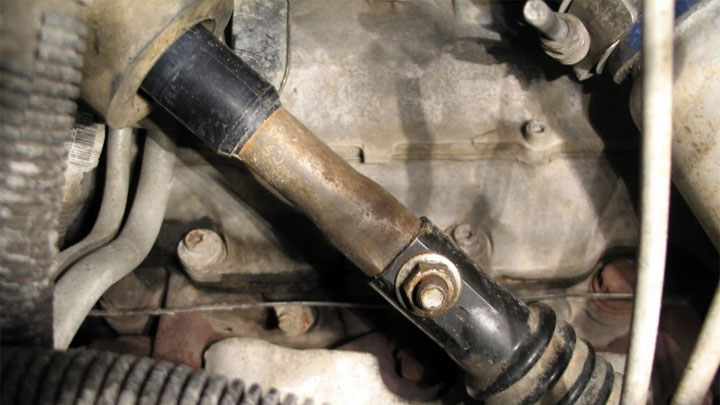
Issues with the steering box are often a hidden problem that can greatly affect your vehicle's functionality and safety. The steering system is essential for precise control and agility, and any faults can lead to significant challenges while driving. Many drivers may overlook the early symptoms of steering box issues, but recognizing these signs can avert more extensive damage and costly repairs down the line.
Typical signs of steering box problems include strange sounds, such as whining or clunking sounds when maneuvering the steering wheel. These noises may signal a failing steering gearbox or low fluid levels. Specific vehicles, such as Chevy and Ford models, may face unique steering box troubles. Grasping these issues and recognizing the symptoms, as well as knowing common steering system issues and solutions, can enable drivers to tackle concerns before they worsen.
Typical Symptoms of Steering Gear Issues
One of the the prominent symptoms of steering box problems is significant play in the steering wheel. When you rotate the steering wheel, you may feel a lag or looseness before the vehicle responds. This can indicate that the interior components of the steering gear are damaged or misaligned, causing a reduced precision in steering. Drivers might find themselves making more significant adjustments just to keep the vehicle on track, which can be simultaneously frustrating and hazardous.
Another common symptom is a grating or buzzing noise when turning the wheel. This noise often comes from the steering box or the surrounding parts, suggesting that there may be insufficient lubrication or that the gears within the box are beginning to deteriorate. If you notice these sounds, it is essential to look into further, as they often indicate underlying issues that may deteriorate if left untreated.
Additionally, fluid leaks are a major indicator of steering box problems. If you notice hydraulic steering fluid collecting under your vehicle or discover that the fluid level is decreasing more frequently than normal, it could point to a fault in the steering gear seal or case. Steering box problems affects steering performance but can also result in more extensive system damage if not fixed in a timely fashion.
Identifying and Fixing Steering System Issues
To effectively identify steering box problems, commence by observing any symptoms that may indicate an error. Frequent signs include issues in maneuvering the steering wheel, uneven steering behavior, or a feeling of play. Additionally, pay attention for any strange sounds, such as clunking or rubbing, during steering actions. It is important to perform a physical check of the steering system, looking for fluid loss, degraded components, or any apparent damage to the component itself.
Once potential issues are noted, the next step is to simulate the indications. This may entail taking the vehicle for a test drive to gain insight into the behavior of the steering under multiple conditions. If the steering appears stiff or displays a rough patch, the concern might exist within the power steering system. In vehicles such as Chevy or other American brands, the exact type of system can result in specific issues. Referring to the steering gear box diagram can give crucial guidance into how elements work together and help pinpoint the cause of the concern.
Addressing steering box problems often differs based on the severity and kind of concern. In cases of slight fluid leaks or worn seals, a repair of the damaged parts may be enough. However, if the steering box has significant play or structural damage, a full steering box swap could be necessary. For countless frequent Chevy system problems, new units can be sourced, and correct fitting is vital to guaranteeing smooth steering performance. Keep in mind to consider seeking out a professional mechanic if the concern continues, as they can provide expertise and access to specific tools for a correct remedy.
